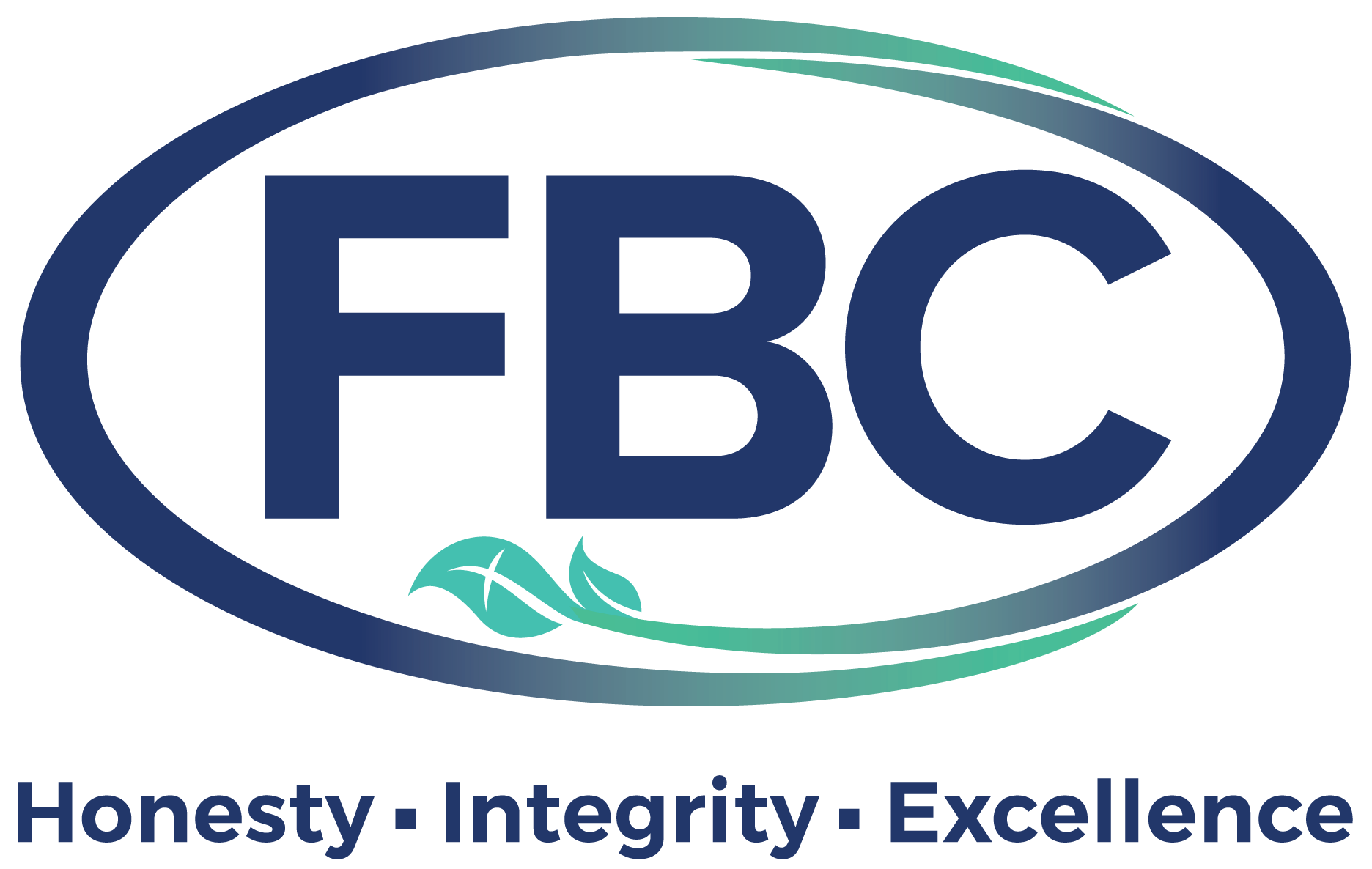Covid, RSV, and Flu, oh my! The landscape for American workers was completely transformed by the COVID-19 pandemic. While autumn traditionally brings falling leaves, cozy sweaters, and pumpkin spice lattes, recent years have added a unique twist to this season. With the arrival of autumn each year, workers encounter a recurring challenge, much like an unpredictable blizzard in terms of timing and severity. This challenge revolves around the seasonal convergence of three respiratory infections:
- COVID-19
- RSV
- Influenza
As these viruses resurface alongside the changing leaves, they pose a substantial public health challenge. The pressing question is whether this annual phenomenon is becoming the new normal for workers. To explore this issue, we need to delve into the role of vaccines. Fortunately, there are promising developments offering hope for workers. In this article, FBC analyzes the data.
Vaccination Progress and Challenges
Vaccines play a vital role in addressing the yearly wave of COVID, RSV, and flu. They function by priming the immune system to recognize and combat specific viruses, providing protection against infection. Recent times have witnessed significant advancements in vaccine development and accessibility.
The rapid development of vaccines for COVID-19 showcased the power of scientific collaboration. Initial challenges, such as supply shortages and billing confusion with insurance providers, along with the emergence of new virus variants, complicated the landscape. However, these issues have largely been resolved, and vaccines are now accessible at no cost.
While vaccines for RSV and the flu have been available for some time, their uptake has been limited despite their significant contribution to severe illnesses and fatalities.
As awareness of how these viruses interact grows, more individuals may opt for vaccination. Nevertheless, ongoing research and development are essential to stay ahead of these ever-evolving viruses.
The Importance of Public Health Measures
In addition to vaccines, public health measures continue to be indispensable in mitigating virus spread. Practices like mask-wearing and social distancing are crucial tools to minimize transmission in the workplace. The public’s willingness to get vaccinated cannot be overstated, necessitating education campaigns and outreach efforts.
Covid, RSV, and Flu Vaccines and Politics
One concerning trend is the politicization of vaccination, which has resulted in a growing divide in vaccine uptake. Republican or conservative college students and older adults are less likely to receive COVID and flu vaccines. Before 2018, political affiliation had no significant impact on vaccine uptake. Unfortunately, measures related to COVID have become contentious, with some political leaders downplaying the virus’s impact, leading to skepticism regarding public health information.
This skepticism resulted in the belief that vaccines are unnecessary. The result is a substantial portion of the population remains at risk of infection and severe illness due to these viruses.
The Toll of Infections and Vaccination Benefits
It is crucial to recognize the ongoing threat posed by the flu, COVID-19, and respiratory viruses. Vaccines remain a vital tool in saving lives and preventing severe illness. For example, flu vaccines prevent thousands of hospitalizations and deaths in the U.S. each year.
The severity of the flu varies among demographic groups. Workers with pre-existing conditions are at higher risk of severe flu cases. These conditions include:
- Asthma
- Cardiovascular issues
- Diabetes
- Immunocompromised individuals
Disparities in access to healthcare and paid sick leave also contribute to these differences. Additionally, challenges persist in ensuring that vaccines reach those in need, necessitating the resolution of infrastructure issues to ensure broad access to essential treatments.
The Future of Vaccines
The development of more precise Covid, RSV, and Flu vaccines is on the horizon. Pharmaceutical companies like Pfizer and Moderna are working on mRNA vaccines that can target the specific strains in circulation each year. These innovations promise a more effective and responsive approach to tackling these viruses.
While the future holds promise, it is crucial not to forget the importance of vaccination and public health measures. The “triple-demic” may have become a regular autumn occurrence. By working together, staying vigilant, and making decisions based on science, businesses can better prepare for future challenges.It is imperative to underscore that the flu, COVID-19, and respiratory viruses still pose a significant threat to our workforce. Vaccines remain our best defense in saving lives and preventing illness. As we navigate this evolving situation, we must prioritize science and public health to ensure a healthier autumn for all. For more information, contact FBC.

